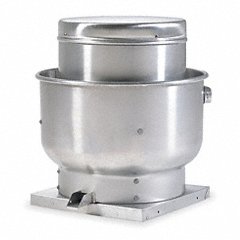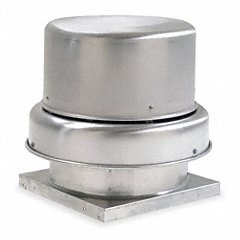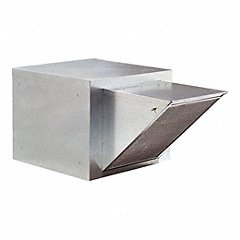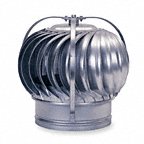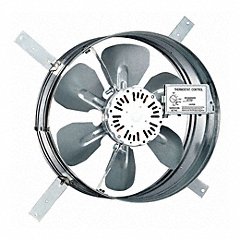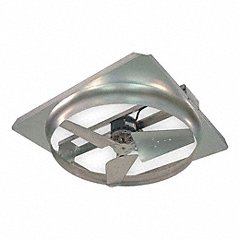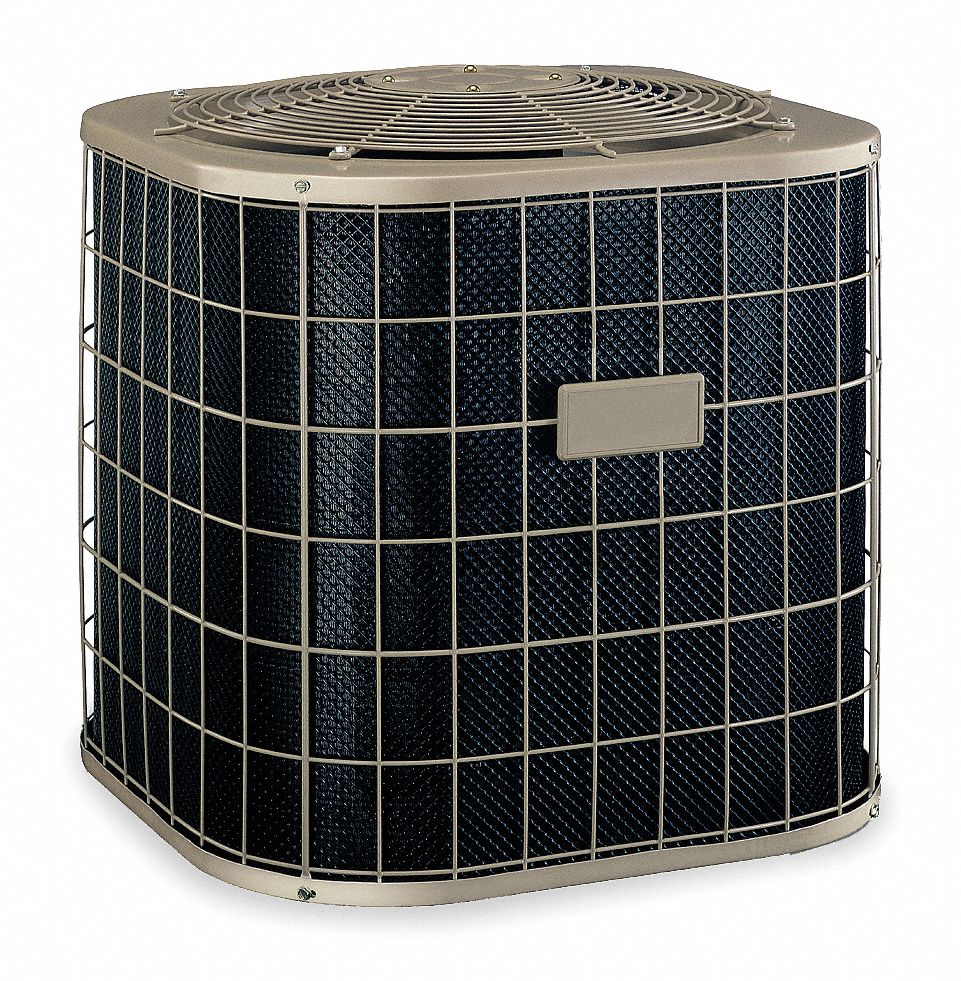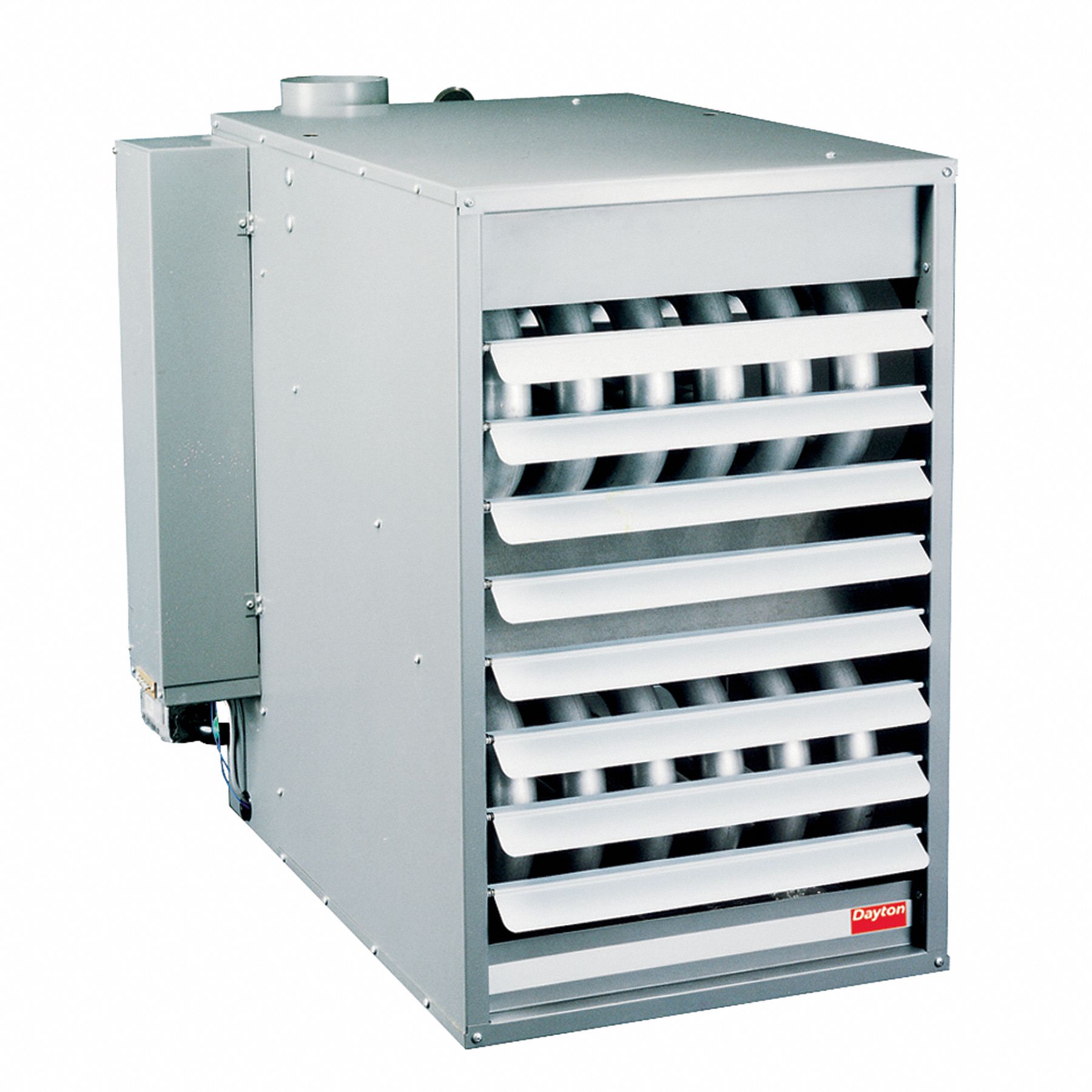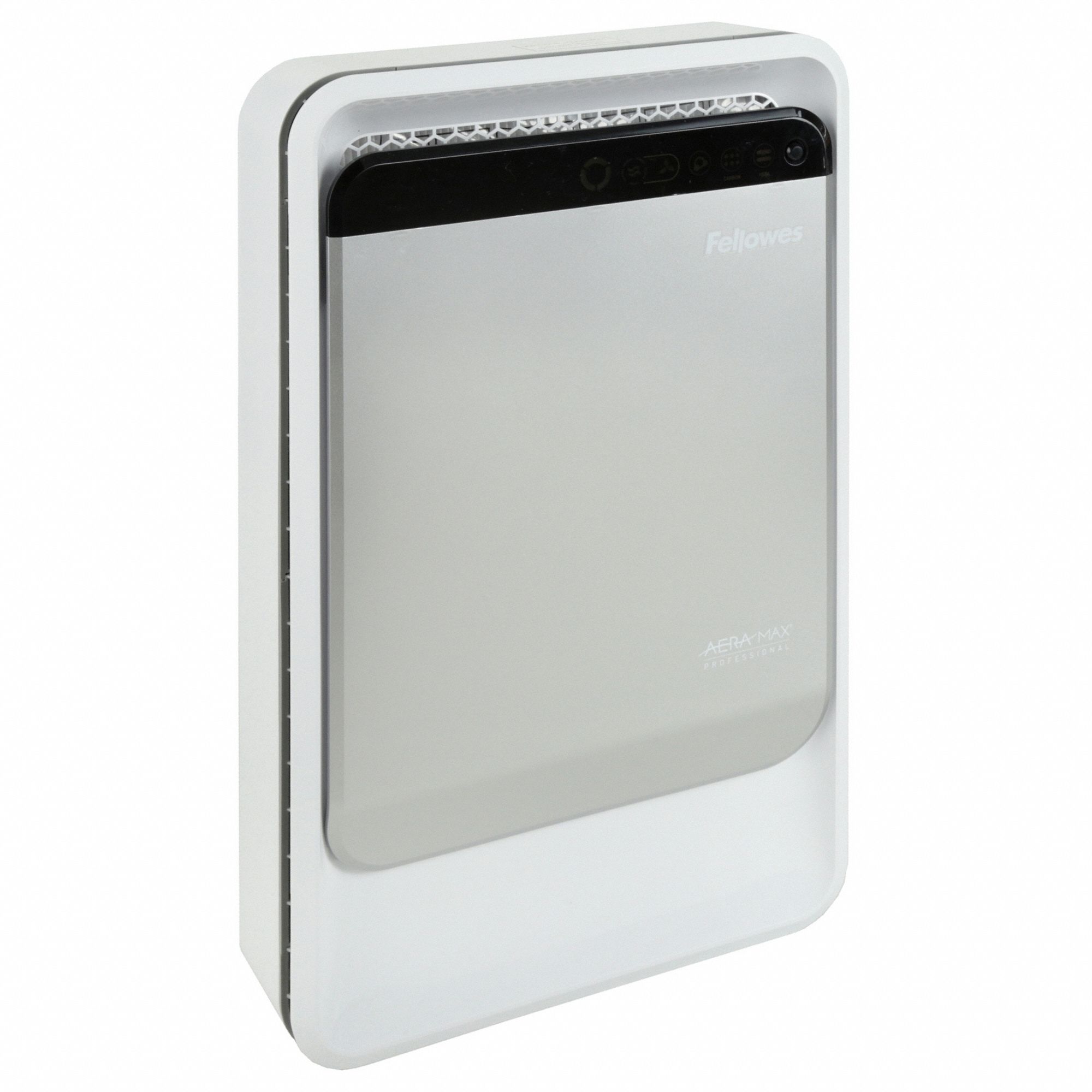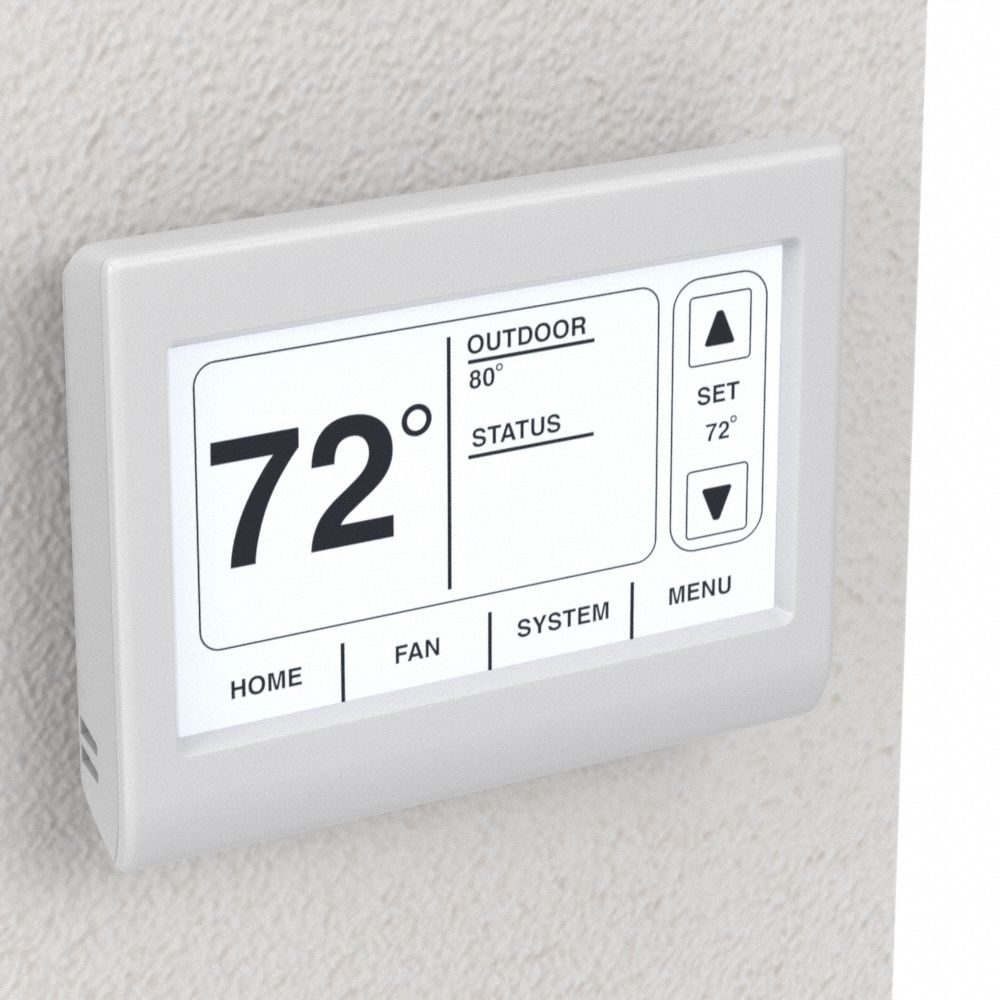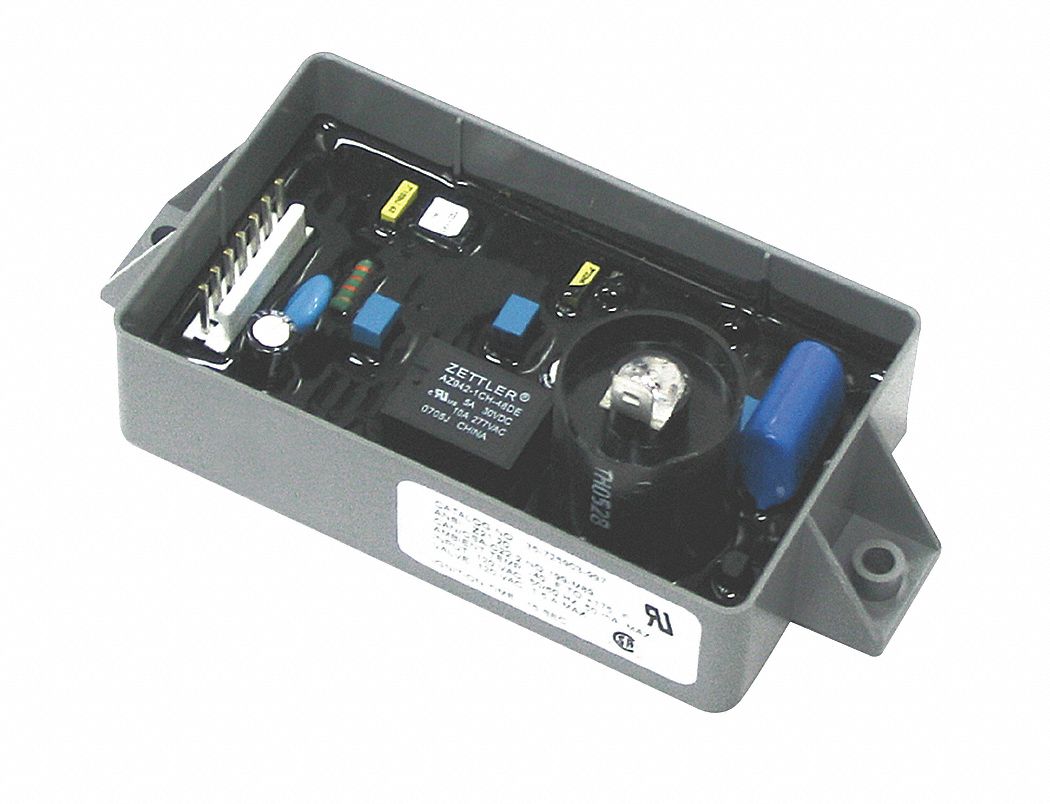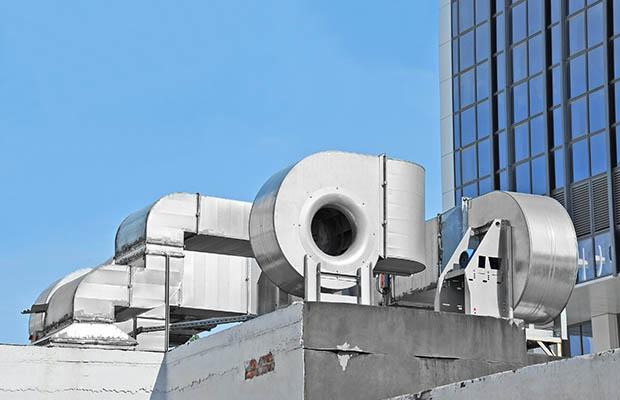

Roof Vent Types: Choosing the Right Rooftop Ventilator
By Grainger Editorial Staff 1/4/23
The right rooftop ventilator can help regulate temperature, reduce moisture and extend the life of a building. This guide covers common fan types, key performance factors and how to choose the best option based on your facility’s needs.
Proper ventilation of roof and attic spaces is an essential part of general building maintenance. Roofing ventilation is accomplished using a system of HVAC components that works to maintain building airflow and temperature.
Roof and attic ventilation fans exhaust stale air from a building and circulate a fresh air supply to a structure or HVAC system. They can help extend building life by providing proper airflow and preventing extreme temperatures and humidity damage. This is especially important in areas of extreme temperature variation. For example, in cold weather warmer air from occupied spaces moves up into attics causing moisture build up which in turn causes mold and mildew. The right ventilation can also create a more comfortable climate and working environment for building occupants.
If incorporating more energy efficiency into your HVAC system is one of your goals, some ventilation fans come with variable-speed, energy-efficient motors. These motors allow you to control the ventilator fan speed down in areas of low occupancy, or up for higher occupancy. This may help reduce energy consumption and cost.
There are a variety of fan types designed for specific applications from comfort ventilation in commercial spaces to exhausting air in manufacturing facilities. Here are some important considerations before choosing the correct roof or attic fan for your facility.
- Application – This refers to the type of air that needs ventilation, such as a greasy commercial kitchen, a garage, or whether the air is stale, clean or moisture-laden.
- Airflow - The maximum volume of air (in cubic feet) that can be extracted by the fan in one minute (CFM) in applications with no static pressure (SP). As static pressure increases, the amount of airflow that the fan can extract decreases.
- Air Changes Per Hour - This is how many times the air in a facility is replaced by the ventilation system in one hour. This number is calculated by taking the cubic feet per minute (CFM) of the device, which is the volume of air a fan can move, multiply that by 60, and divide by the total cubic feet of the room you are ventilating.
- Static Pressure (psi) - This value refers to how well a fan can push air against resistance. For example a vent system with many turns will require an exhaust fan with a higher static pressure.
The table below outlines some common types of roof and attic ventilation fans and their recommended applications.
| Ventilator Fan Type | Application |
|---|---|
|
These fans direct air out to remove warm air and odor, grease particles and water vapor out of kitchens and other heavy-use areas, to keep air and surfaces clean. |
|
|
Downblast exhaust fans pull clean, stale air out of a building and replace it with a fresh air supply from outside. These fans are designed to exhaust downward toward the mounting surface to protect internal mechanisms and keep debris out of the unit. |
|
|
Filtered supply fans provide fresh, filtered air to help balance air pressure in indoor commercial spaces and manufacturing plants. They often come with washable aluminum filters making them easier to maintain. |
|
|
Wind-driven turbine exhaust fans ventilate buildings using wind power instead of electricity. Wind rotates the turbine to create an updraft that draws hot attic air out in summer and moisture-laden air out in winter. |
|
|
Attic exhaust fans mount into the ceiling, gable, or roof to exhaust hot or stale air out of the attic space and draw in fresh air. These fans work to regulate the attic temperature and keep occupied spaces cooler. Some feature energy-efficient motors to reduce energy costs. |
|
|
Whole-house fans draw fresh air into a building to cool and refresh the indoor space. Different styles of fans mount into roofs, ceilings and windows. |
Choosing the right roof or attic exhaust fan for the job will depend on the kind of air to be exhausted, that is, what the air contains, e.g., moisture, odor, grease, the volume of air that needs to be moved, as well the type of facility where the exhaust fan will be installed and its purpose.
Get more helpful building maintenance tips here.

Safety Management
6 Tips to Help Prevent Slips, Trips and Falls
Identify the fall hazards in your workplace and implement a fall safety program. Check out these tips from Grainger so you can mitigate risk.
![]() Our Latest KnowHow
Our Latest KnowHow

Facility Pest Control: How IPM Helps Safely Manage Insects
Discover safe, compliant pest control with IPM. Find tips for insect monitoring, sanitation and safe insecticide use in commercial facilities.
The information contained in this article is intended for general information purposes only and is based on information available as of the initial date of publication. No representation is made that the information or references are complete or remain current. This article is not a substitute for review of current applicable government regulations, industry standards, or other standards specific to your business and/or activities and should not be construed as legal advice or opinion. Readers with specific questions should refer to the applicable standards or consult with an attorney.

